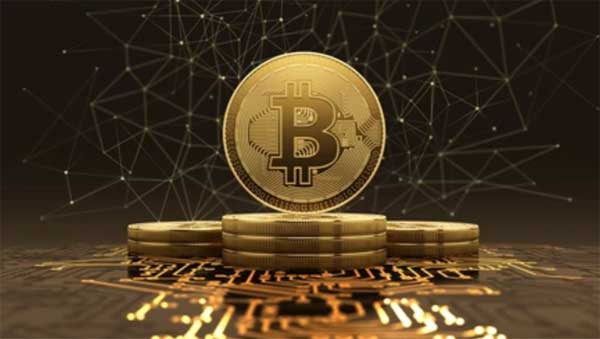High Inflation – the Problem Bitcoin Doesn’t Have
By Space Coast Daily // March 24, 2022

Thousands of billions were pumped into the economy to combat the COVID crisis. Now inflation is at its highest in years. There are various causes, but could the unprecedented expansion of the money supply also play a role? Currency depreciation due to unfettered monetary policy – that is impossible with Bitcoin. Visit bitcoin payments for detailed information.
You read about it everywhere: inflation. According to Statistics Netherlands, inflation in the Netherlands rose to 5.6% in November. In Germany, inflation is 6%, and in the Eurozone, it is 4.9%. In the US, inflation is 6.2%. These are the highest numbers in years.
Inflation is usually defined as overall growth in the costs of goods and services: everything becomes more expensive. The ECB sums it up as follows: “that means you can buy less today for 1 euro than yesterday. In other words, inflation depreciates the currency over time. “Another word for ‘inflation’ is ‘money depreciation’.
Surprised Results
Central banks are surprised by the high inflation. Last year they thought inflation was still too low, and they bet on slightly higher inflation to boost the economy. However, in January, US Federal Reserve Chairman Jerome Powell said he was not concerned about inflation and that it would be some time before inflation peaked above 2%.
When higher inflation came later, he said it was ‘transitory’ – a somewhat vague concept. Christine Lagarde, president of the ECB, also said that price increases are momentary. This week, however, Powell clarified that by “transitory”, he did not mean “ephemeral,” but “not permanent.” DNB president Klaas Knot has been cautious for a while. He warned this summer that inflation might remain high, and DNB recently reiterated that.
Various reasons are given for the higher prices: logistical problems due to a disrupted market, higher gas prices because more was fired last year, chip shortages, and increased raw material prices.
Monetary inflation
Less often, the role of money creation in inflation is mentioned. Yet that is the classic example from which the term derives its name. The word ‘inflation’ means something like ‘inflating’ and, in this case, the “money supply”.
When the money supply in a society increases and people have more money to spend, they generally buy more goods and services. As a result, if demand rises faster than supply can grow, prices will rise. Nowadays, inflating the money supply is also called monetary inflation. The phenomenon is widely recognized. World-renowned economist Milton Friedman once stated, “Inflation is always a financial occurrence which happens everywhere, in the sense that it is closely related to the amount of money relative to output”.
An analysis stated that the global amount of US dollars increased by a whopping 37% over the last two years. The new money was created and injected into the economy to combat the economic impact of the COVID crisis and went to ailing businesses and sometimes consumers. They spend it, allowing others to earn from it and spend it again. Thus, the new money slowly penetrates the economy and begins to circulate. In principle, central banks can create unlimited amounts of money as they see fit. They make no secret of that.
Wealth distribution
In addition to more expensive consumer goods, monetary inflation often leads to rising investment prices. Inflation makes saving money unattractive because the value of savings evaporates, and the interest does not outweigh the inflation. If inflation is 5%, you have to achieve at least a 5% return to avoid losing out.
This encourages people not to save but to invest or invest in things that generate returns and are not subject to inflation so that demand on the financial markets grows and causes price increases. Perhaps that is why the crisis year 2020 was a record year for the stock markets and why house prices rose at an unprecedented rate. As a result, the AFM is now warning about the bubbles that have arisen.
In any case, it does not do much good for the distribution of wealth. The wealthiest 1% in the US benefited from $6.5 trillion last year. In contrast, most people with only savings and income do not benefit from appreciations and now mainly find that their money is depreciating.












